Chanterelles are very popular mushrooms that are easy to recognize in the forest. They are valued for their beneficial properties and pleasant taste. In plantings, you can also stumble upon mushrooms similar to chanterelles, but not bearing any benefit to the human body.
You need to understand the difference between them in order to avoid trouble. Although there are no poisonous species having a similar structure and appearance, it is still better to choose those that benefit human health.
Content
Characteristic features of chanterelles
The fungus is edible, and its Latin name is Cantharellus cibarius. They grow from mid-June to the first frosts, the habitat is quite wide, and you can find them in any forest.
The following characteristic features of the species are distinguished:
- The hat is orange, yellow in color, which has an irregular convex shape and wavy edges. There are also several species that are dark gray and black in color. Most often, the shape of the surface of the cap is curved inward closer to the middle. The diameter is different and varies depending on age and climatic conditions (3-14 cm).
- The leg reaches a height of 10 cm and acquires a shade similar to a hat, thick and expands from bottom to top, diameter up to 3 cm.
- The pulp is quite dense and fleshy, may be slightly fibrous. When pressed, it acquires a pinkish tint.
- The surface of the hymenophore is represented by wavy folds that descend to the leg.
More than 60 species are known, and most of them are classified as edible by mycologists. For an experienced mushroom picker, you do not need a photo and description to find them in the forest, but beginners should be careful.
Description and differences of false chanterelles with photos
False chanterelles have nothing to do with Cantharellus cibarius and belong to the conditionally edible. Accordingly, they are not toxic after processing, but they will not bring any benefit to the body and have rather mediocre taste properties. Outwardly, such mushrooms look like chanterelles, which is why they sometimes end up in baskets.
They have significant differences from chanterelles:
- flat edges of the hat;
- the color scheme is more saturated or, conversely, pale (copper-red, red-brown, pale yellow);
- a thin leg, noticeably separated from the cap;
- the plates are very thin and do not go into the leg;
- lack of a pleasant smell in a raw body;
- the flesh is yellow and does not change color when pressed;
- wormy fruits are very common.
Knowing such features of doubles, you can always check whether the real fox has been found. Of course, such an instance is not poisonous, but dishes made from it cannot be called pleasant either.
False mushroom growth sites
There are fruiting bodies that disguise themselves as foxes, but their difference from the original is quite noticeable with certain knowledge. An ordinary chanterelle grows in families, and when one fruiting body is found, it is necessary to look around, and thus discover the rest of the family. False mushrooms also grow individually and this should be remembered.
Edible species prefer symbiosis with birch, oak, beech, but also grow in coniferous forests, and their counterparts prefer exclusively coniferous forests. Old rotten trees and moss - the habitat of such false mushrooms, but a real fox will never settle on a fallen tree and prefers to hide in leaves, grass.
Yellow hedgehog
One of the mushrooms with which chanterelles are often confused is yellow hedgehog, it is non-toxic and quite edible when processed, so it is not scary to put it in your basket. He still has its own characteristics. When finding a yellow hedgehog and a careful examination, it is easy to easily distinguish it from a chanterelle.
The hat is a yellowish tint (milk to orange), which depends on the growing conditions. Its shape is flat with curved edges down, diameter 6-12 cm. Leg up to 6 cm high has a cylindrical shape and is expanded at the base, the color may be slightly lighter than the hat.
Gimenofor has small spines, which is a hallmark of a blackberry. The mushroom grows from July to October and prefers moss cover. After ripening, the fruit body acquires a bitter taste, it is because of it that the yellow hedgehog is classified as conditionally edible.
Ginger Talkers
They belong to the Ryadovkov family, they are also often called the red-headed govorushki. These orange mushrooms resemble chanterelles, but have nothing to do with them. Characteristic for them are:
- A smooth hat with a tubercle in the middle, its shade is red. The diameter in adults is up to 20 cm, and the skin is dry and matte.
- The height of the legs is up to 15 cm, the shape is cylindrical, and its color in young fruiting bodies is lighter than the hat itself. Has a pungent smell reminiscent of almonds.
- The mushroom plates are thin and descending, white in color, which acquires a creamy tint with age.
- The pulp is dense and fragrant, white in color, which does not change when pressed.
Talkers grow in groups in deciduous and mixed forests, their ripening period is July-October. In order to eat them, you need to boil and drain the liquid, which has a bitter taste.
Horn funnel
A representative of the chanterelle family, the carobid funnel, is widespread in many European countries and received typical names because of its shape. So in Germany it is called the “pipe of the dead”, in England - “cornucopia”, in Finland - “black horn”, its Latin name is Craterellus cornucopioides. This is an edible mushroom with a pleasant taste, but not everyone knows about it.
Structural features of the funnel cone:
- A hat in the shape of a deep funnel with wavy edges in a diameter of 3-8cm. Its color is dark, almost black, black and brown or dark blue are possible, and it is precisely its color that is a great way of identification. After the fungus dries, the color brightens.
- Leg up to 8 cm high, diameter - 1 cm, tapers to the base. The color is the same as the hat.
- There are no plates typical for chanterelles, and the outer surface of the fruit body is tuberous.
- The pulp of this organism is thin and brittle, dark gray and brown in young individuals. When ripe, it becomes black and practically has no smell in its raw form.
A funnel-shaped funnel grows in groups and prefers opening areas with high humidity. The fruiting period of this species is July-September.
Answers to Common Questions
Among the most frequently asked questions about chanterelles, you can name the following:
Chanterelles have the typical shape of a hat with wavy edges and a plate hymenophore; leg, which grows together with a hat and has the same color, a pleasant smell and are never wormy.
- to put the patient to bed;
- give a lot of water, tea;
- take activated carbon or its analogues. Do not expect symptoms to go away without going to the hospital. The consequences of poisoning can be very serious, even fatal.
Due to the fact that chanterelles are common in different types of forests and bear fruit from July to November, every mushroom hunter has a chance to pick them in a basket. Do not forget that there are also species of conditionally edible chanterelles and other mushrooms that can be confused with them. They require special cooking conditions in order not to harm human health.

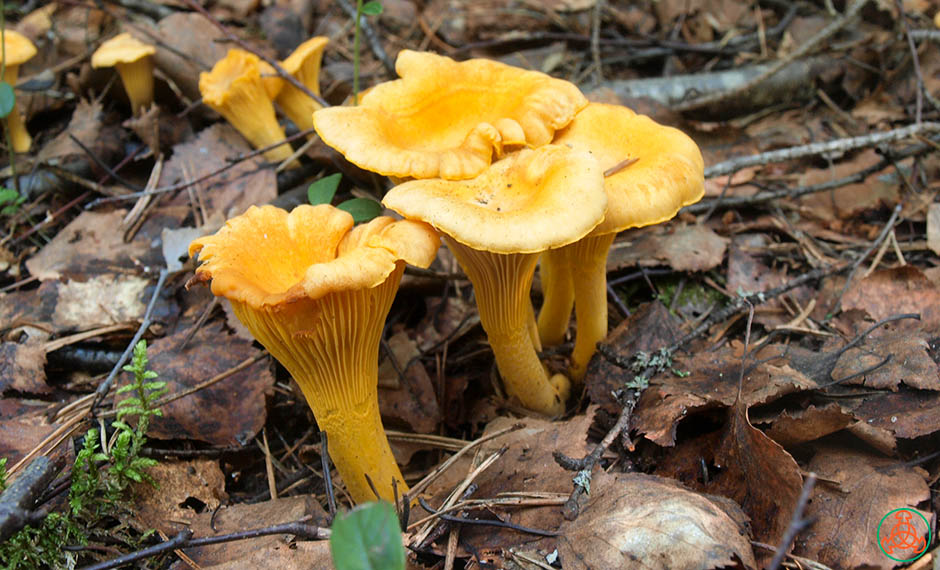
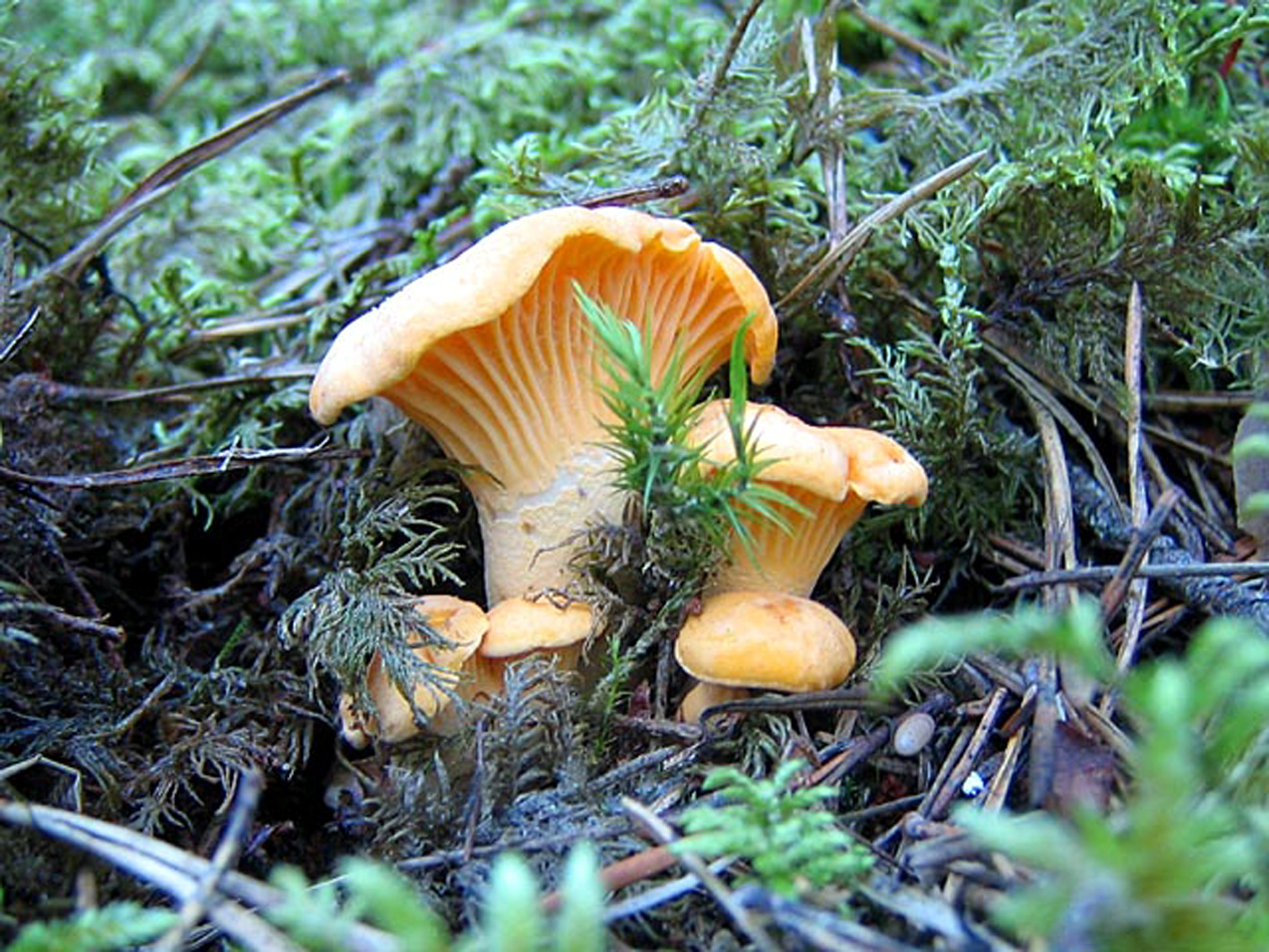
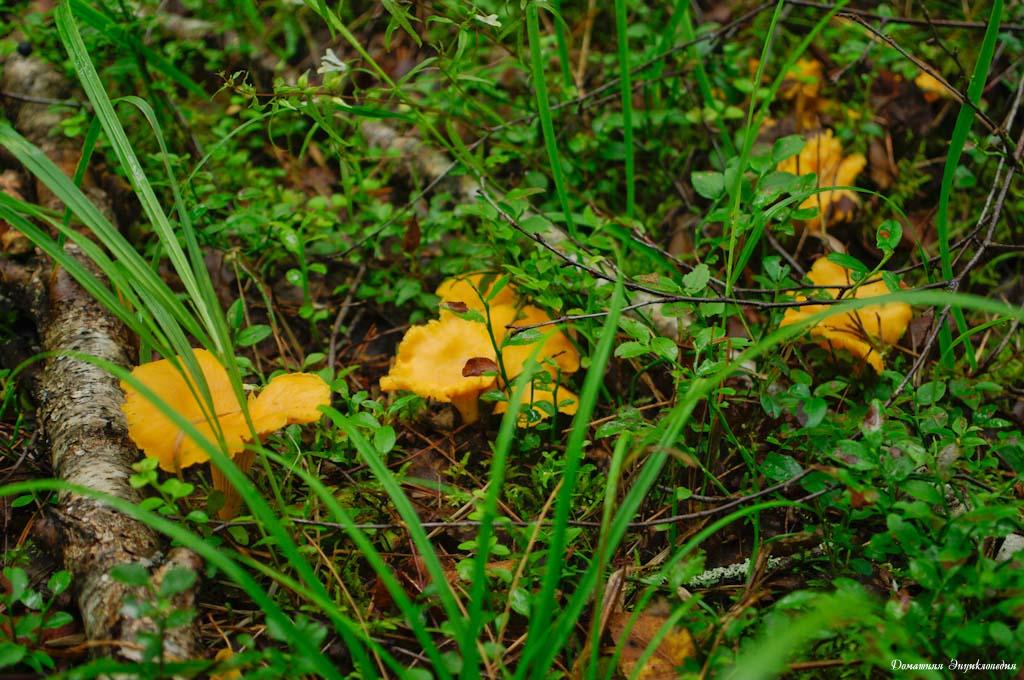
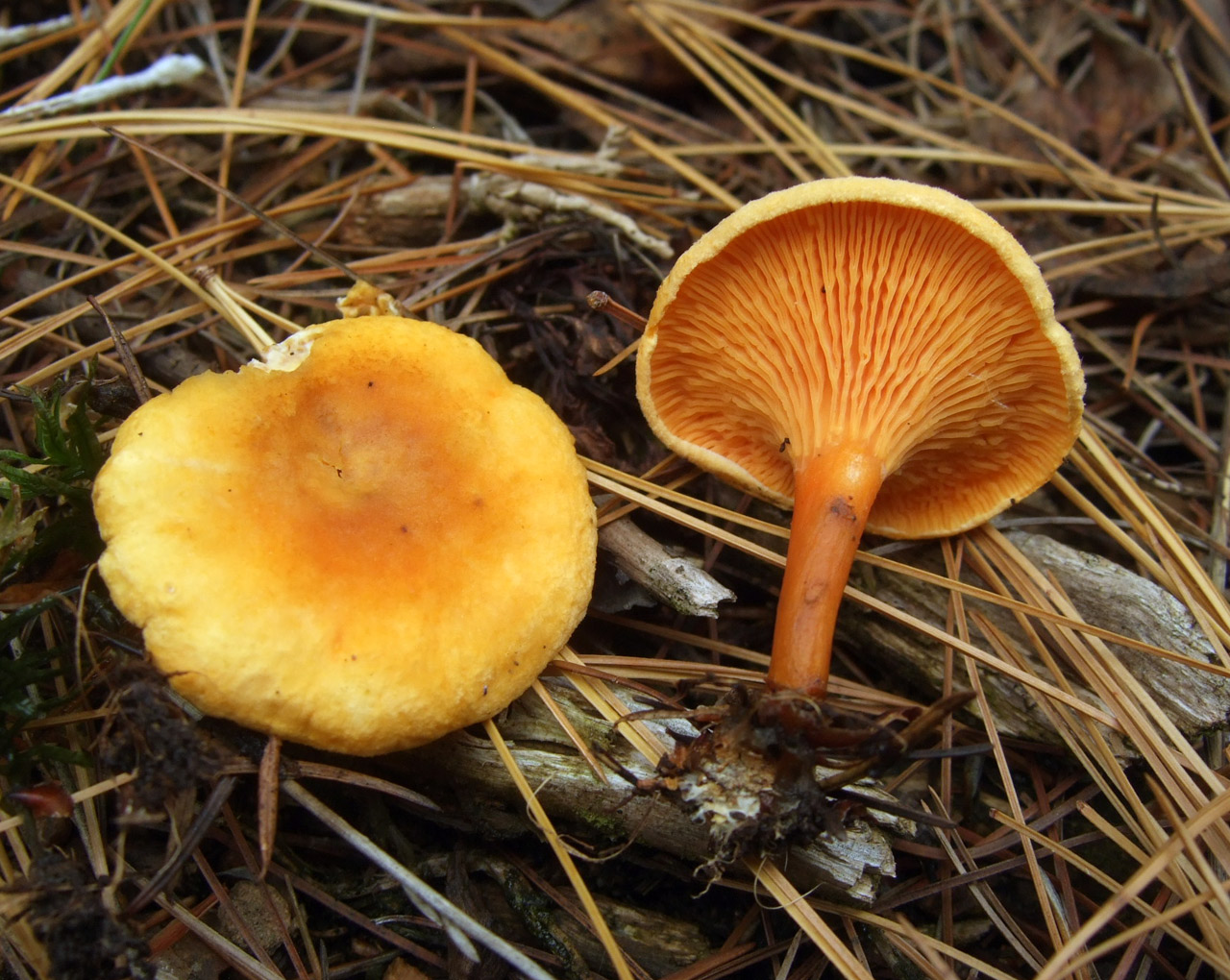
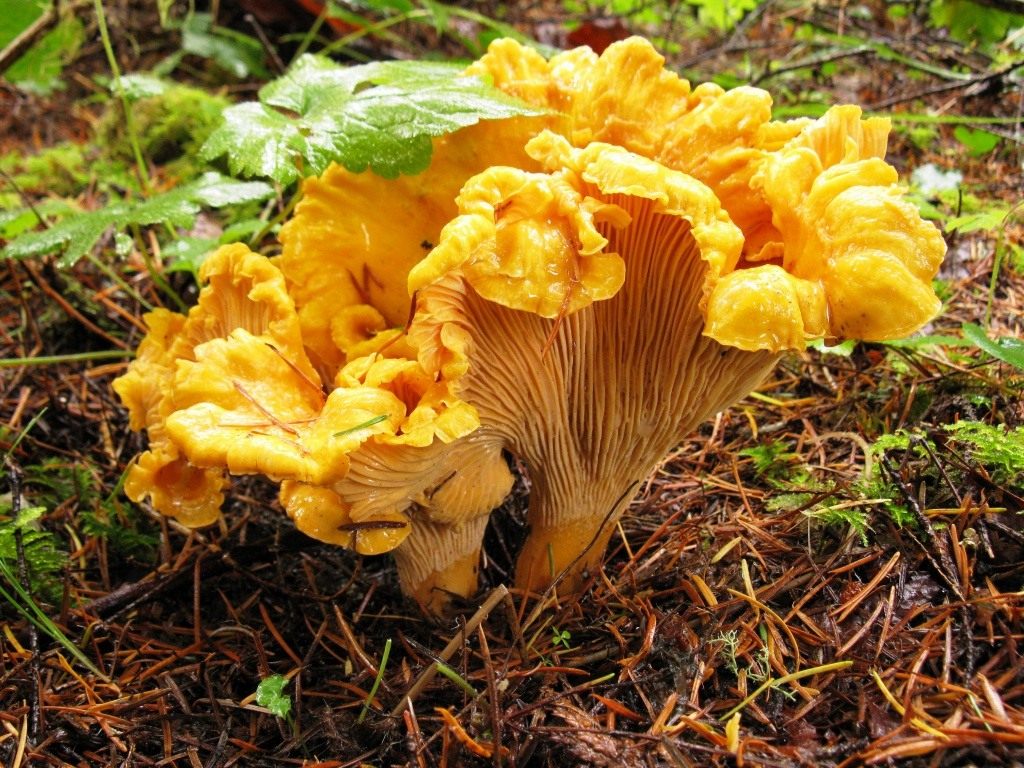

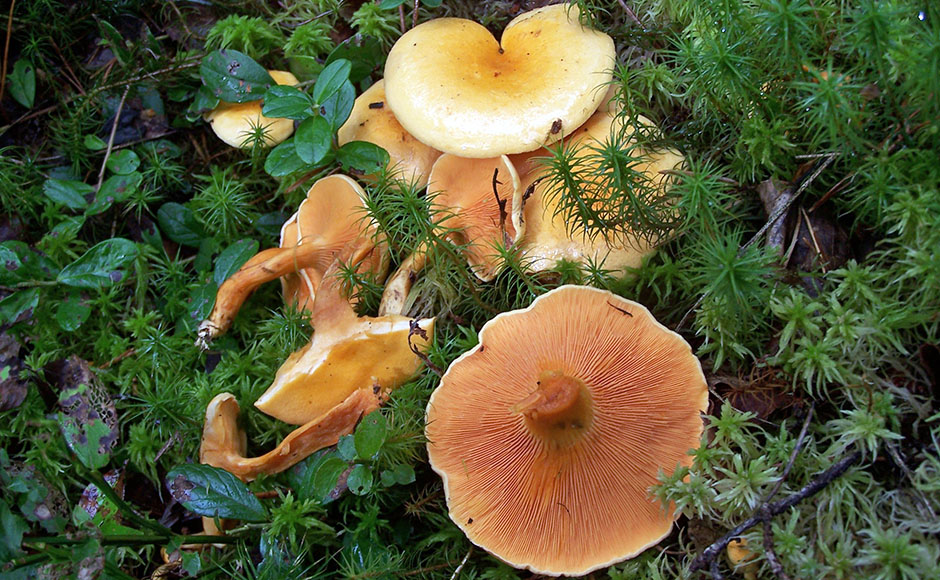
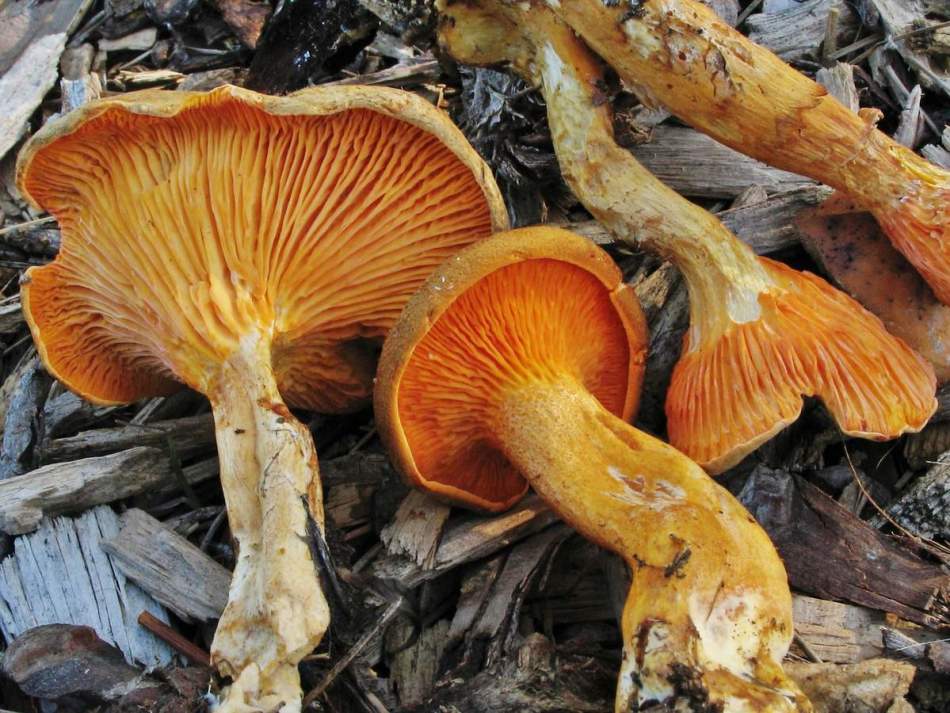
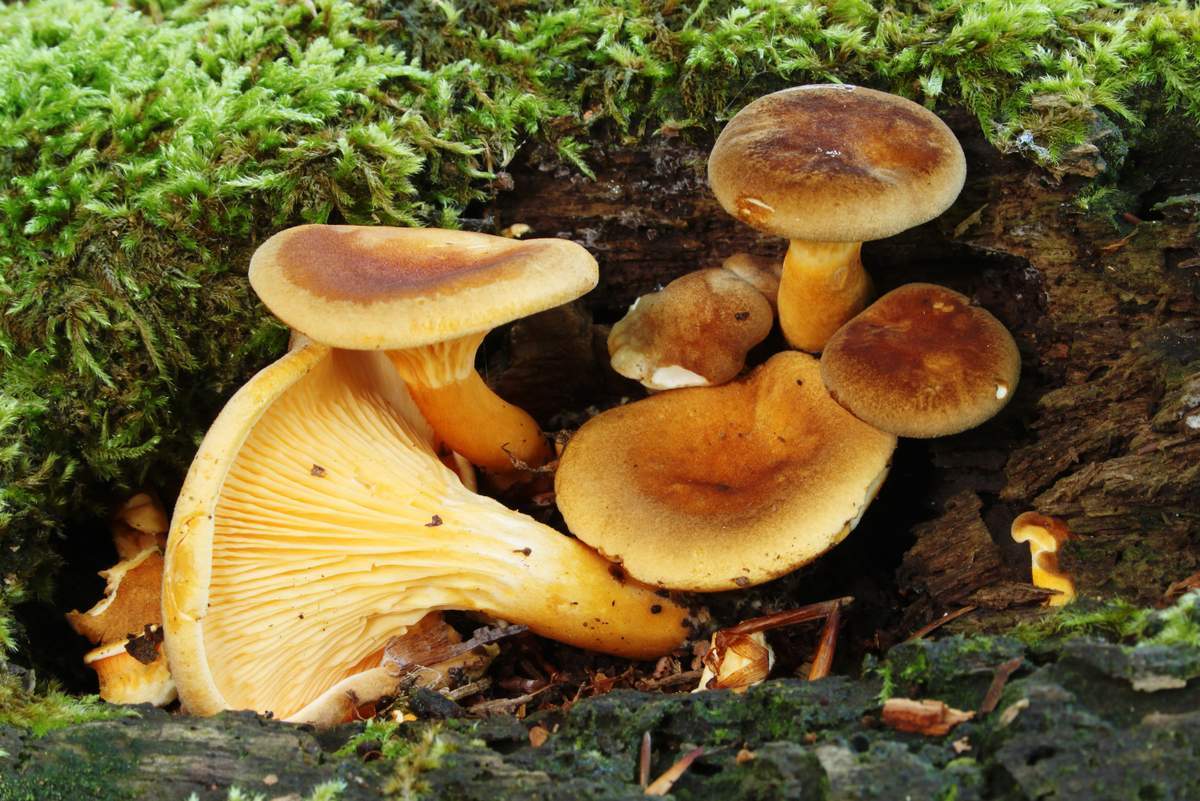

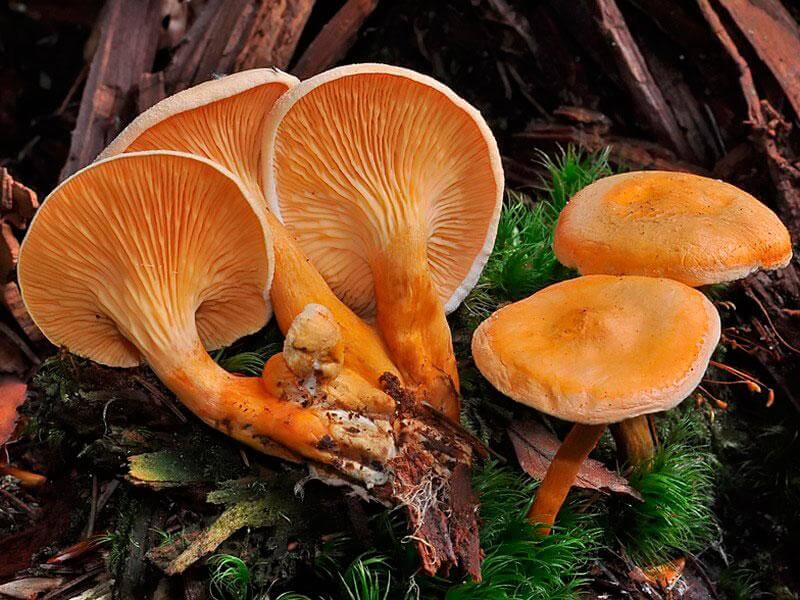
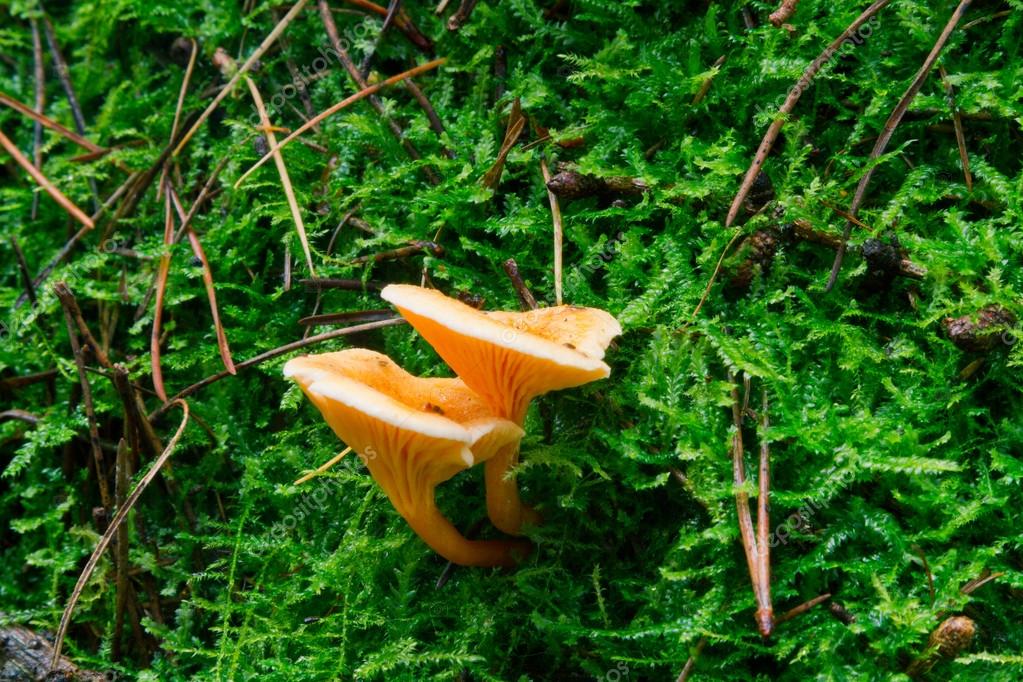



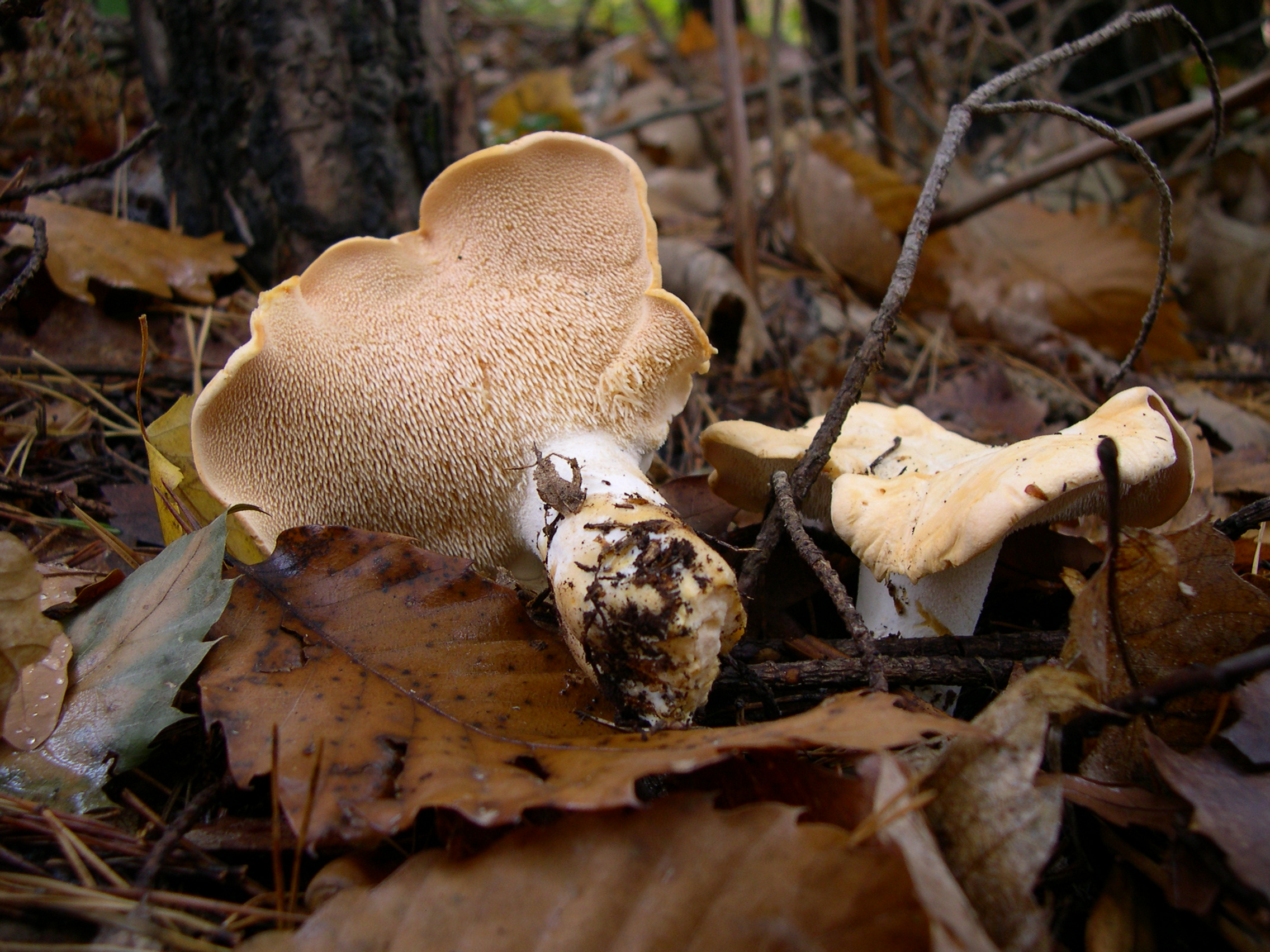
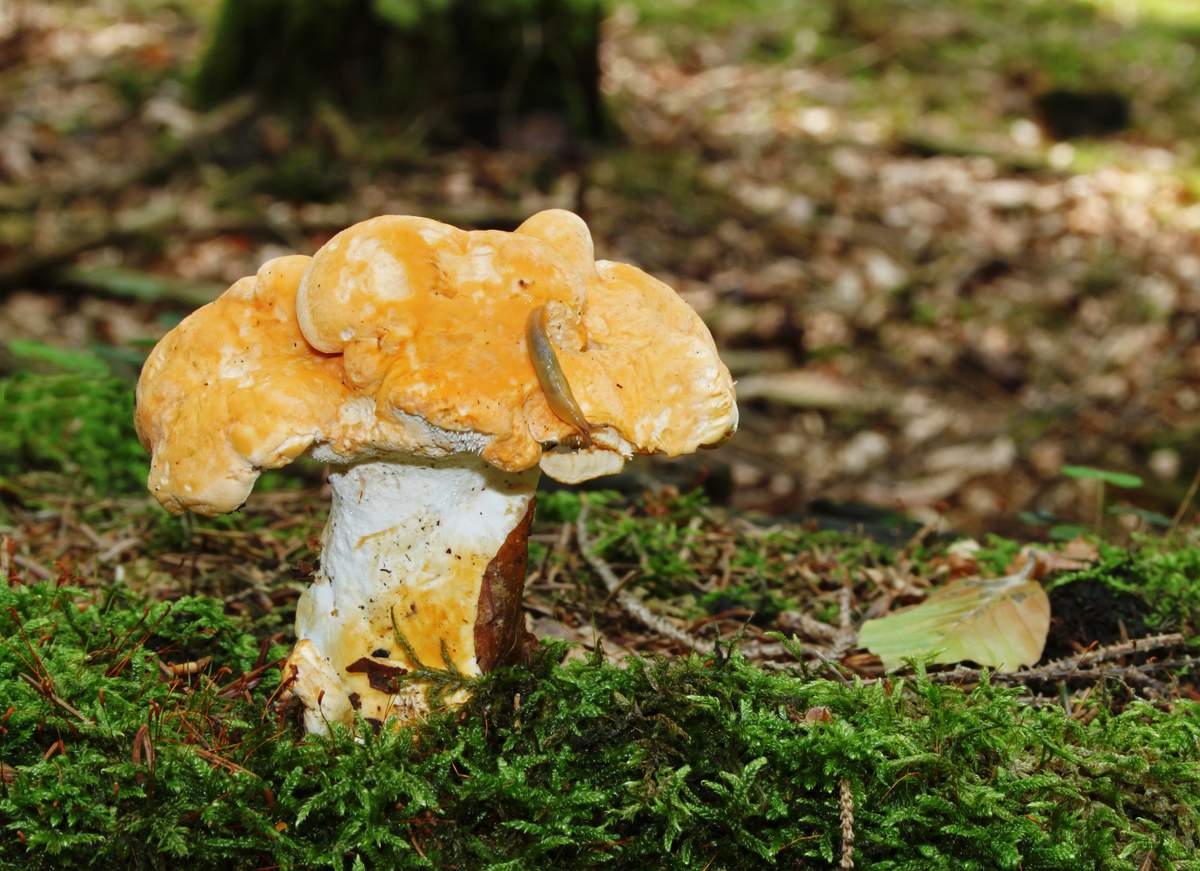
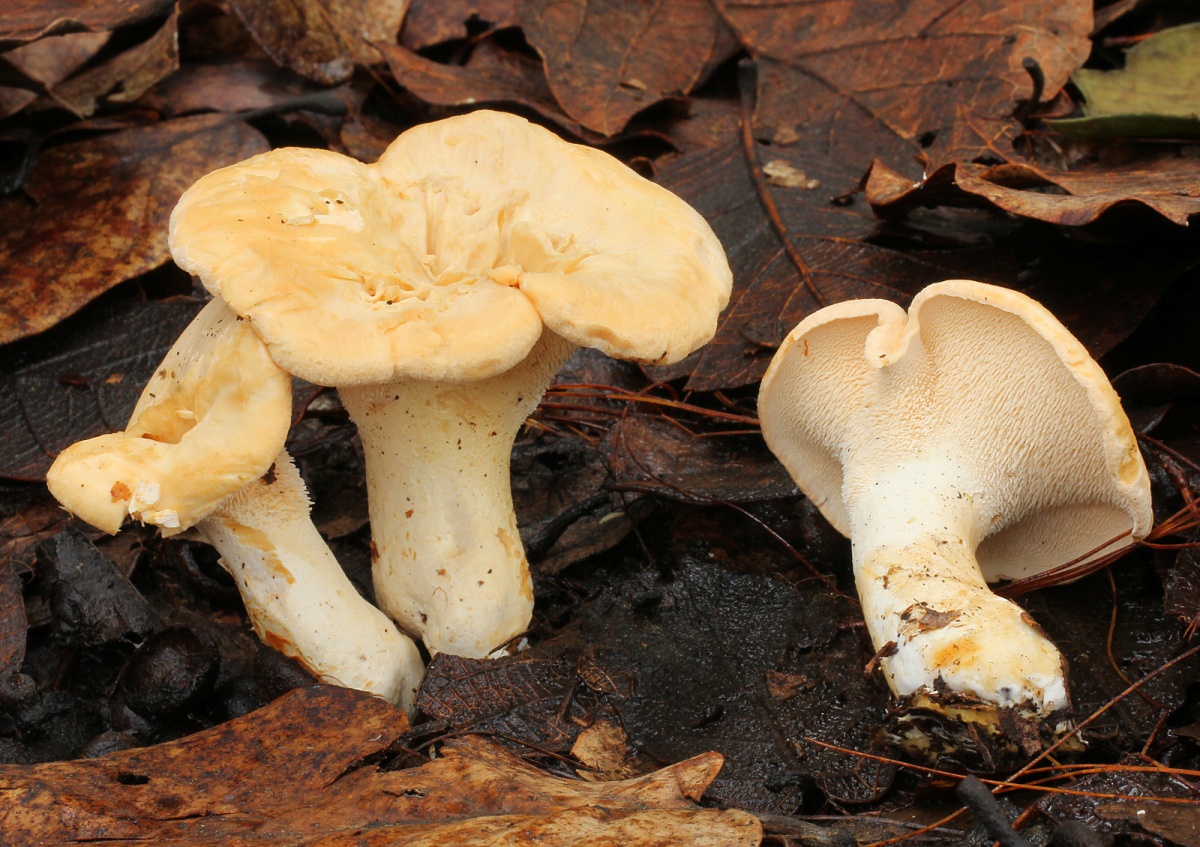
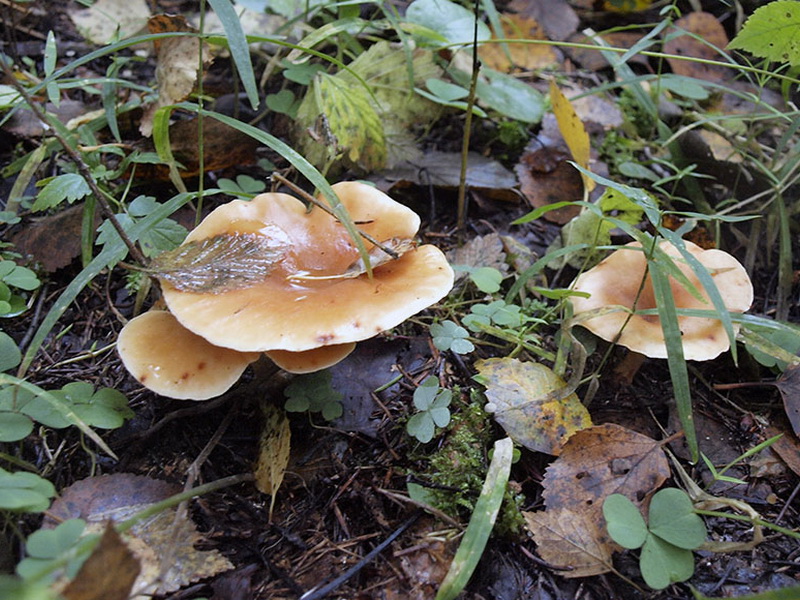
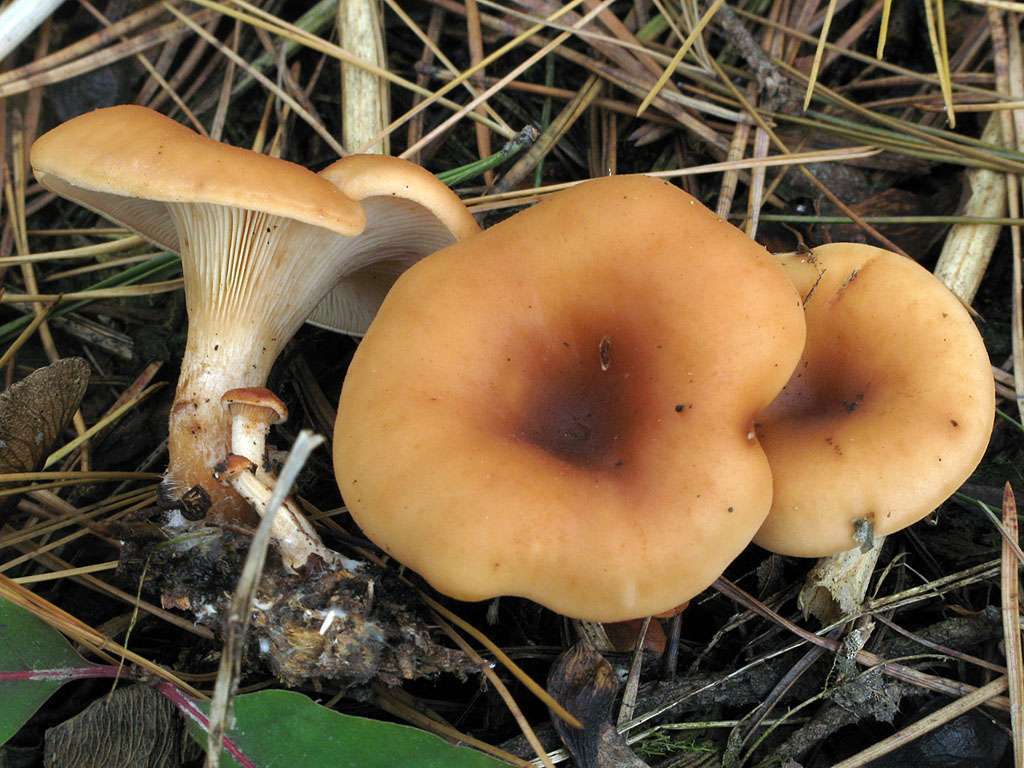

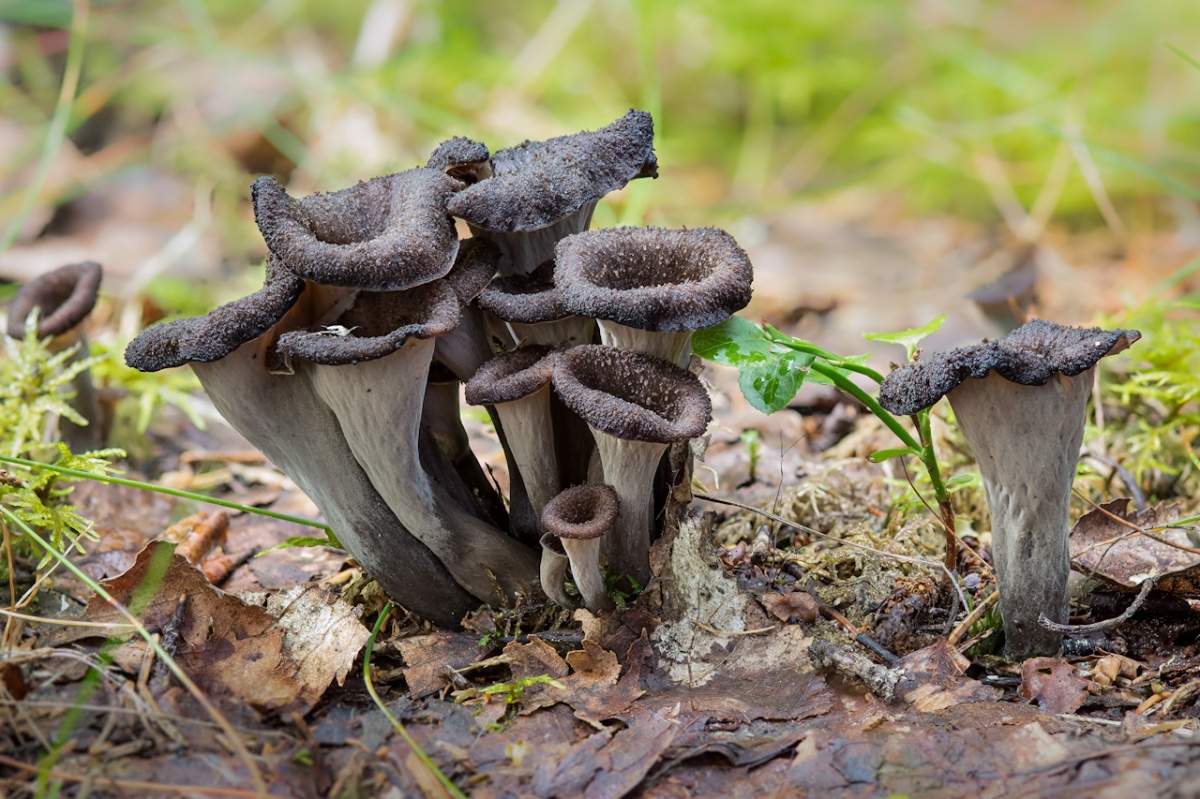
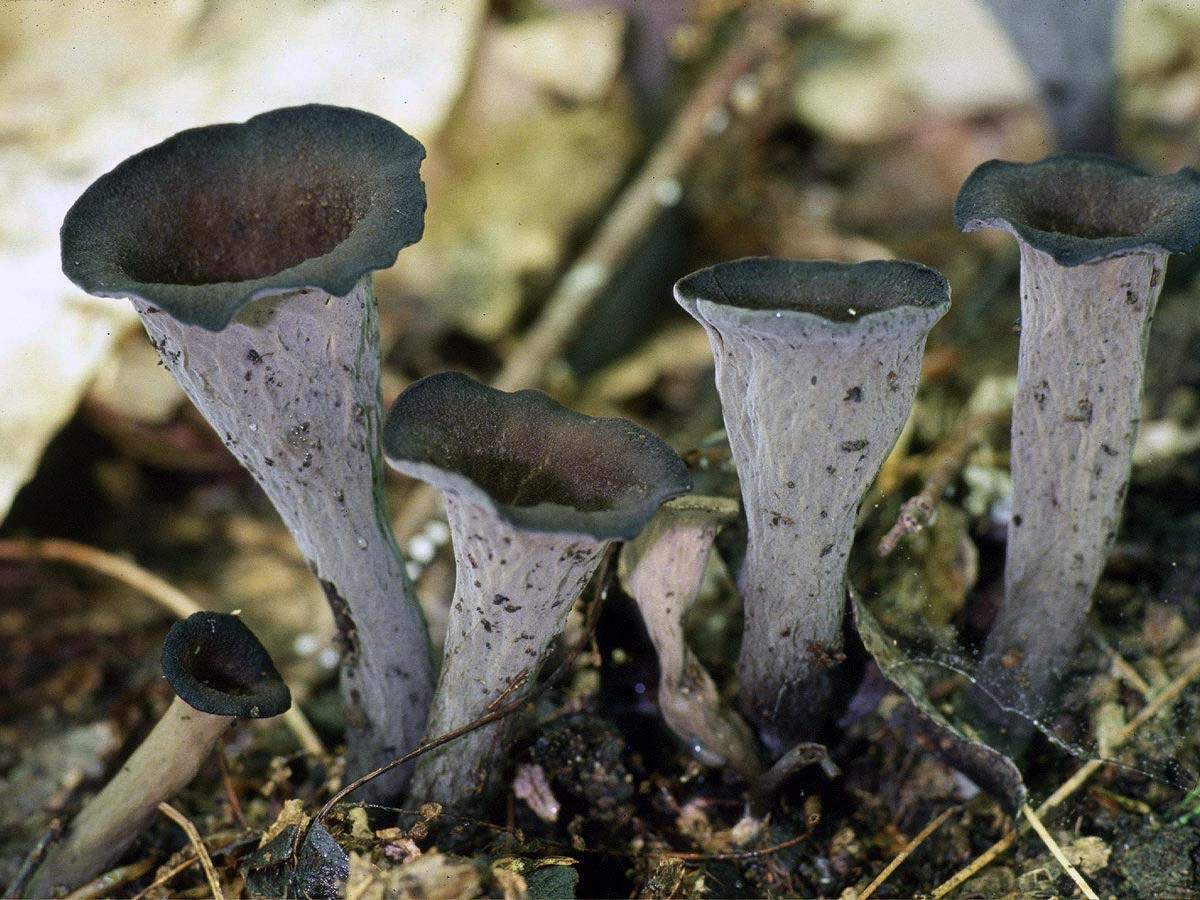
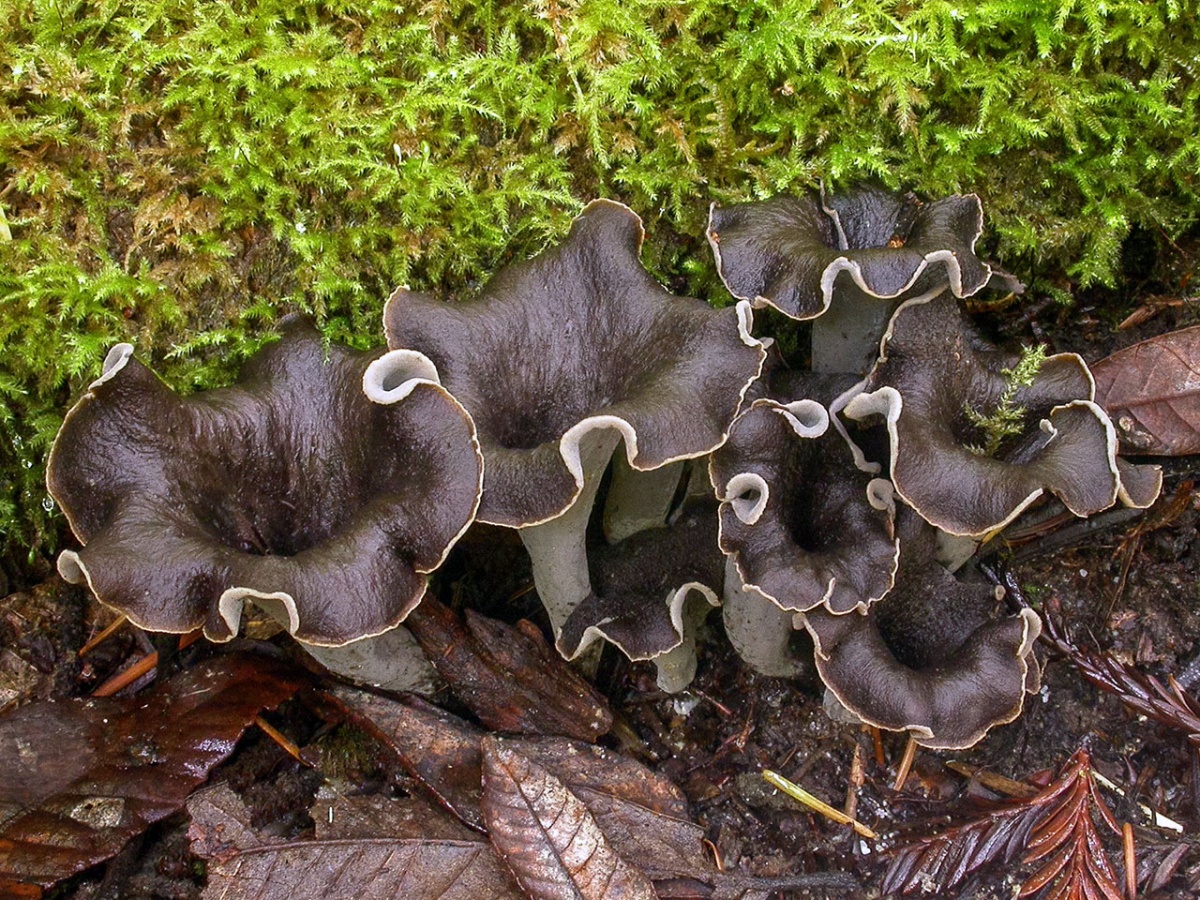
 Care and use of Kombucha at home (+22 photo)
Care and use of Kombucha at home (+22 photo) Edibility of the fungus of the motley umbrella and its description (+19 photo)
Edibility of the fungus of the motley umbrella and its description (+19 photo) Description of edible and inedible oils, their poisonous counterparts (+40 photos)
Description of edible and inedible oils, their poisonous counterparts (+40 photos) Useful properties of milk mushroom and its contraindications (+17 photos)
Useful properties of milk mushroom and its contraindications (+17 photos)
Victor
It is interesting to note one feature of the chanterelles. In oak forests (under the oaks), the chanterelles are pale yellow, almost white. They are dense, the edges are thick and not painted. In the aspen, the chanterelles acquire a bright yellow-orange color. By consistency, such as in a birch forest. In the birch forest, the color of the chanterelles is from yellow to yellowish-orange. And further. There are no worms on the chanterelles - caterpillars of the mushroom mosquito. Sometimes there are yellow millipedes eating plates.